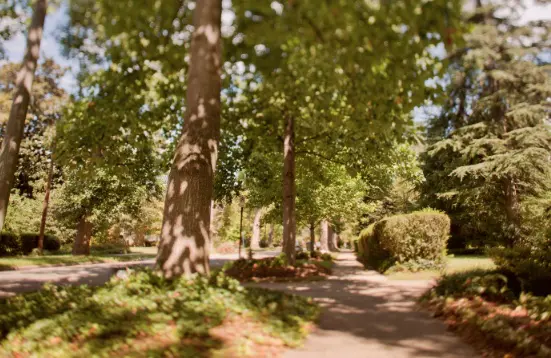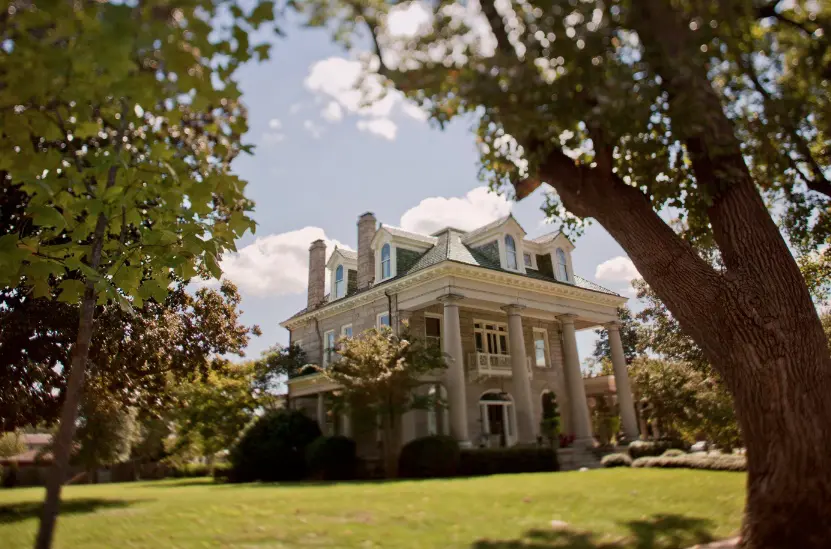Walking is a foundation of new urbanism. But you know what, walking has always been the foundation of old urbanism.
Urban Renewal and Richmond
As the development momentum of Richmond gained steam in the late 1990’s and into the 2000’s, the planners at City Hall began to mandate that the developers adopt a mixed-use model for their projects. Dedicating spaces along the street for commercial uses (instead of residential ones) became the requirement. It was not exactly embraced by the development community as commercial office and retail was harder to lease than the residential spaces.
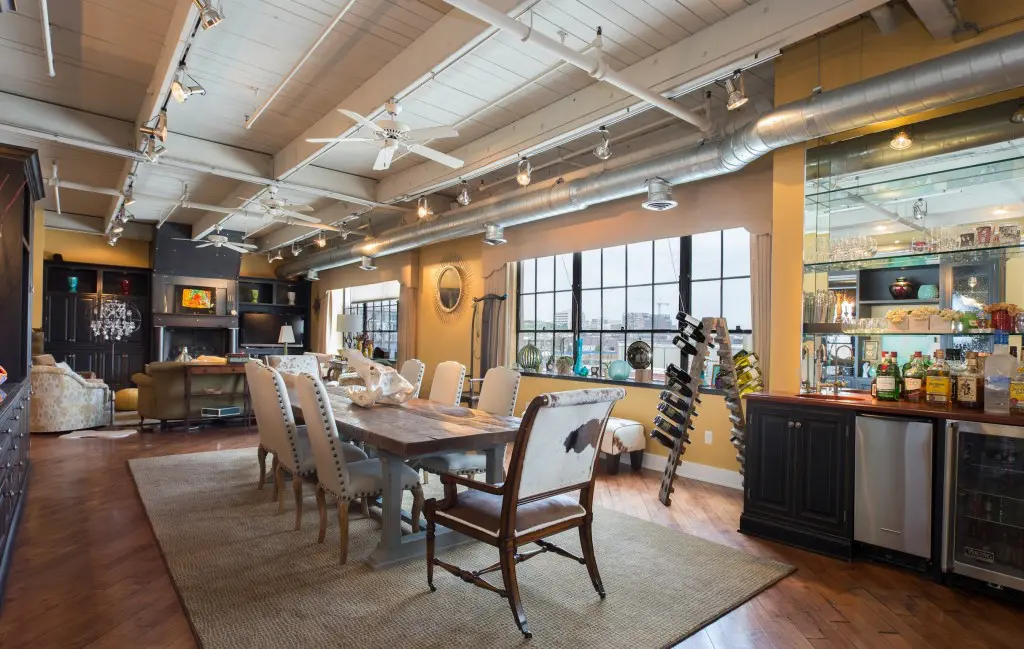
Why? Demand for residential space far exceeded the demand for urban commercial spaces, especially during the years following the crash of 2008. For several years, vacancy in the street level commercial spaces was extremely high and developers fought to build a little as possible as it was not only hard to lease but hard to keep leased.
The Impact of Mixed-Use Today
Was street-level commercial the correct development model for Richmond? While the mandate to build commercial spaces during the recession was met with resistance, it seems to now be paying dividends. Far more start-ups, pop-ups, cafes, restaurants and galleries have begun to fill these spaces and is creating the vibrant street life that RVA lacked for decades.
Given time and a better economy, mixed-use seems to have been the right path.
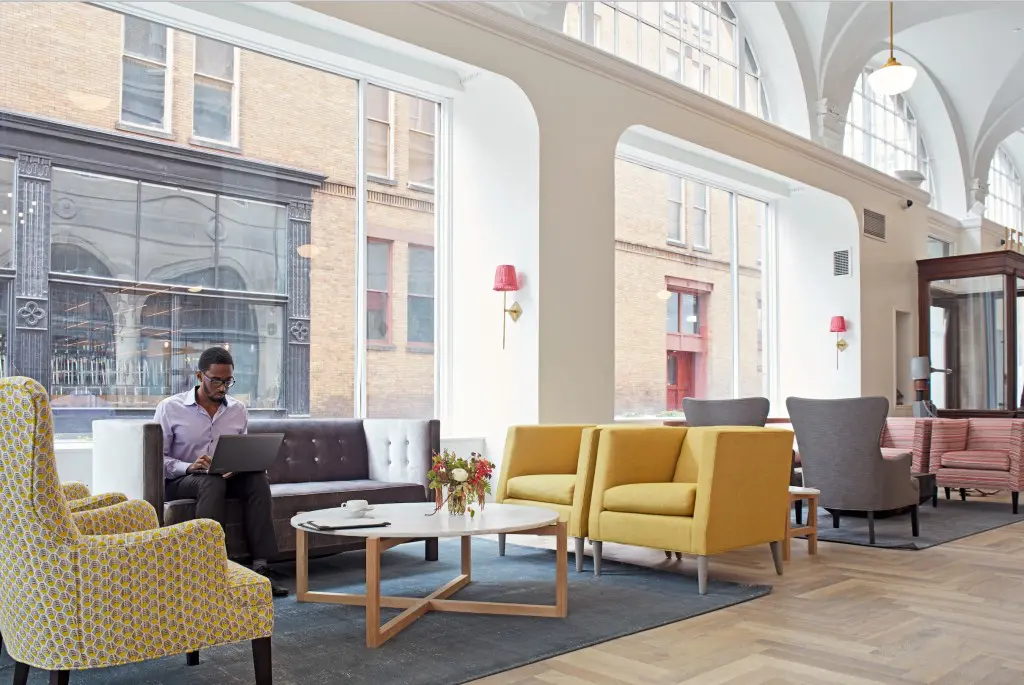
So Why Mixed-Use?
In theory, placing commerce spaces in proximity to living spaces reduces the need for automobiles and fosters a neighborhood’s micro-economy. When done right, neighborhoods to develop their own ecosystem and move towards a harmonious balance of live-work. So when there’s a deli downstairs, right next to the dry cleaner and down the block from a wine store, people don’t have to jump into the car so much to get stuff done … and the idea of supporting the local shopkeeper is, on its own, a cool thing, too.
So is it Time to Lease or Buy?
And yes, we are still in recovery from the crisis of 2008-11, but it is far better than the darkest days. There’s still an excess of retail space in some zones, but nearly not at the same levels as just a few years prior.
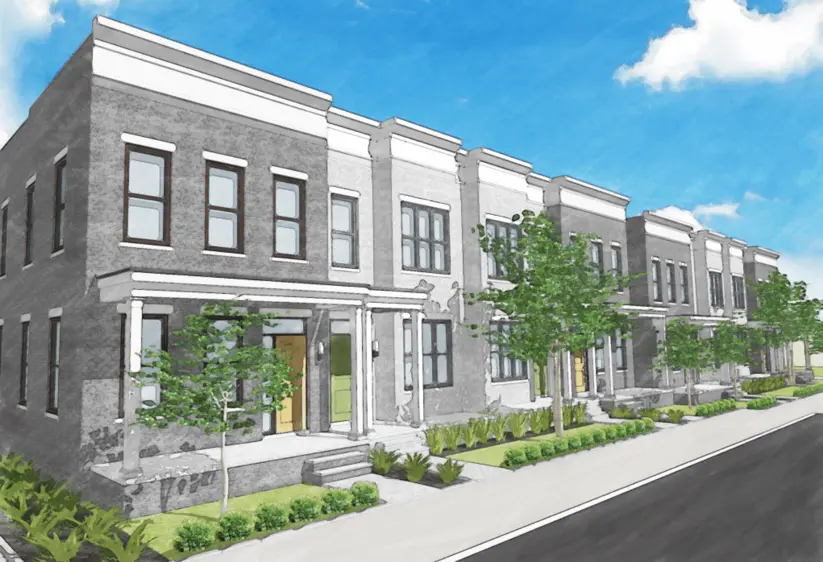
Potential office/retail lessees/purchasers are still in a pretty good position right now, but free rent and below market build-outs are far less common than before. And where tenants of 2010 used to find 10 -15 great options, tenants today now only find a handful. Same with the buyers.
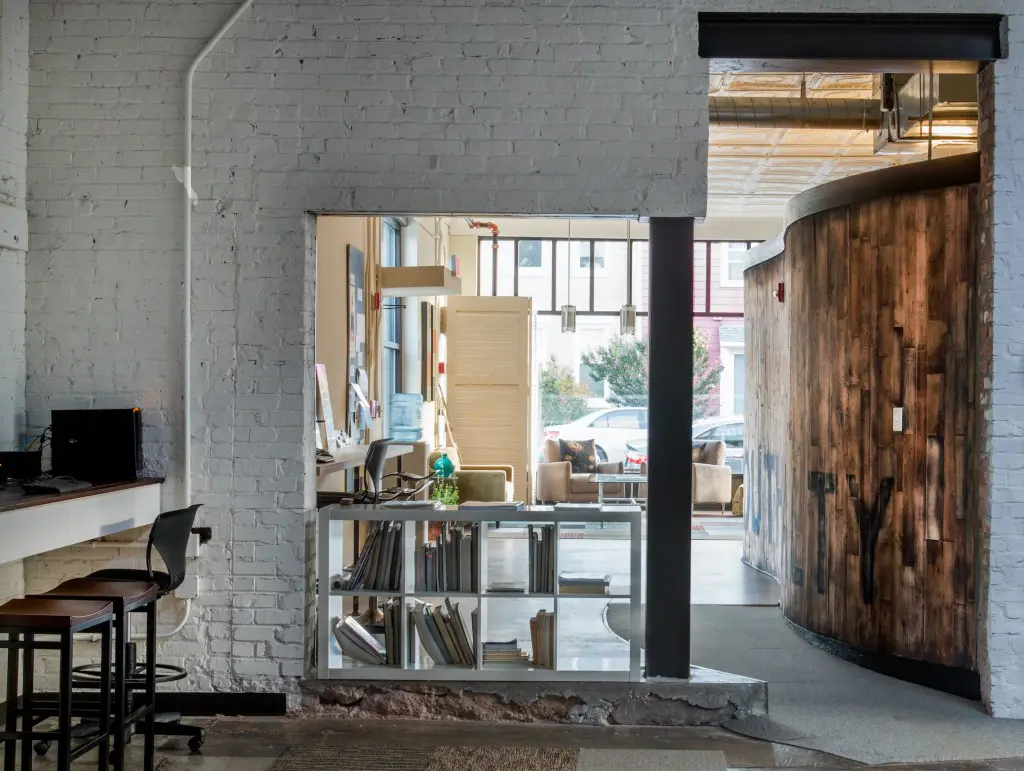
Residentially, from the Fan and Museum District to Jackson Ward, Shockoe, and Manchester, many areas are again seeing pricing at or above the 2007 peak … and if 2016’s spring is anything like the last two, it will go even higher. Inventory is still down and rates are still at or near historic lows.
Downtown and Bikes
Personally, I loved the energy from the bike race.
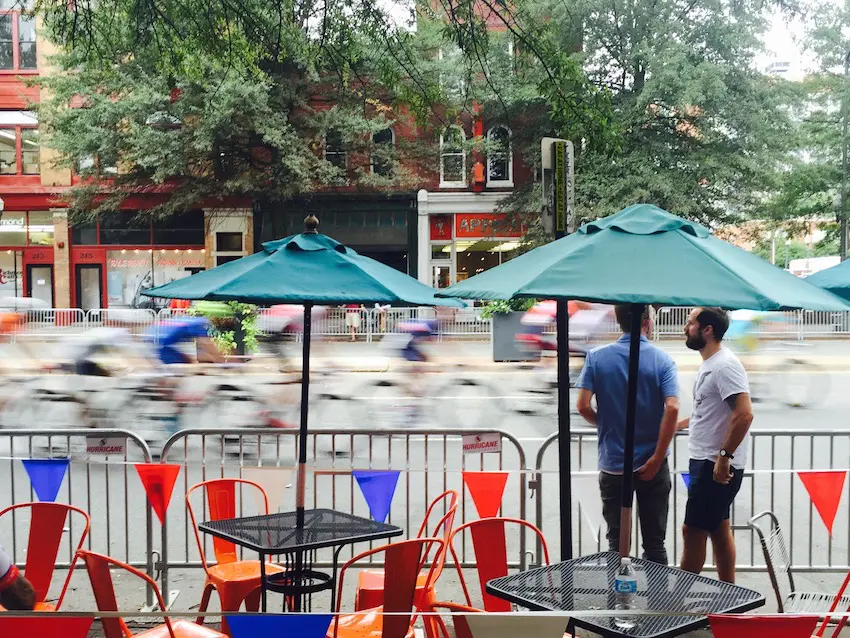
While different perspectives exist as to its importance and its impact, there is no doubt that the UCI Championships gave incredible exposure to the city and placed it in an extremely positive light. Hopefully, not just the international community walked away with a positive feeling about Richmond, but so did many of Richmond’s own non-believers. The Downtown that many remember as ignored, blighted and lifeless is now quite the opposite. I think the 600k people that attended can attest to that fact.
A Great Environment
Give the idea of investing in Richmond, either residentially or commercially (or BOTH!), serious consideration.
These prime conditions should help illuminate an oft-ignored consideration in the purchase decision matrix: investing in interesting space in a vibrant and emerging neighborhood helps attract and retain talent for the business you’re starting or expanding. And better personnel translates into a fatter bottom line.
Most understand the value of owing housing but don’t ignore the possibility of owning your own business space. You’ve already taken the leap of starting a business. Doubling down with real estate might be the best bet you could make.
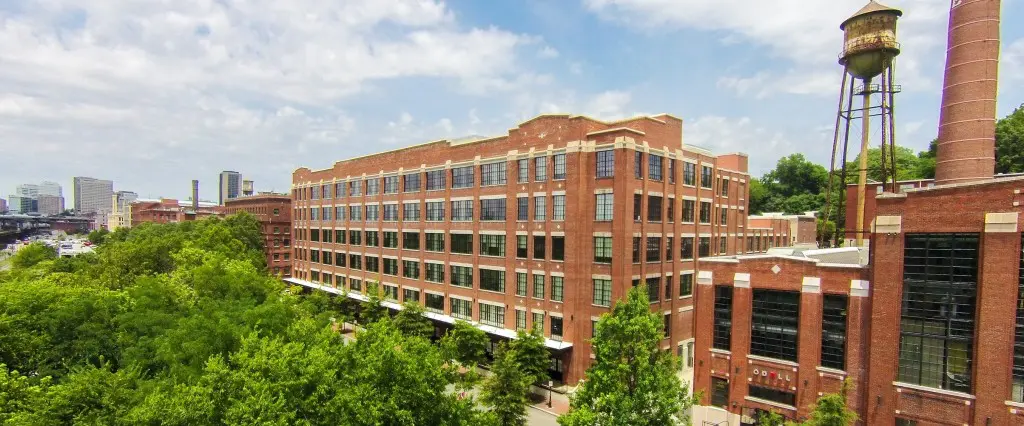

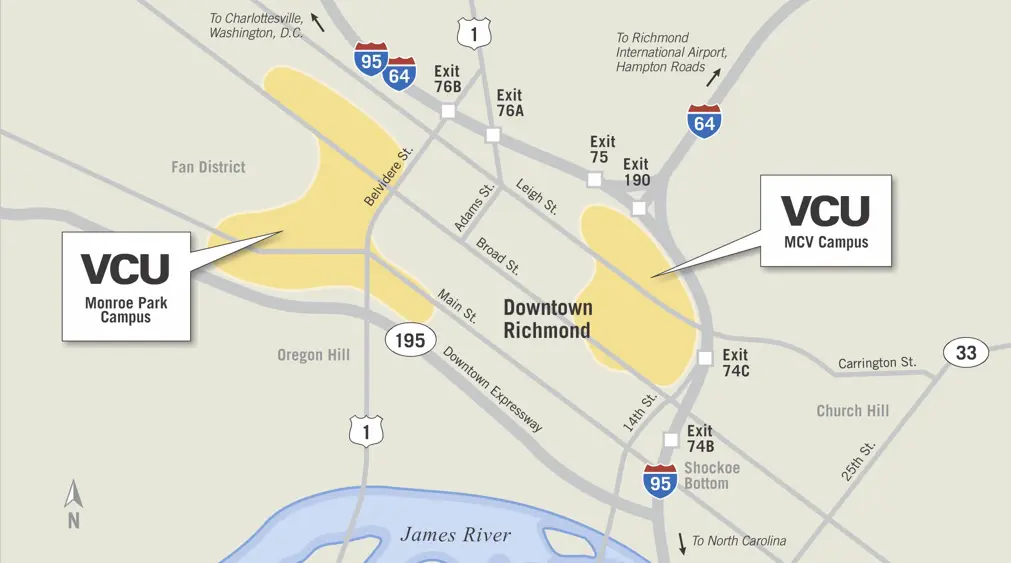
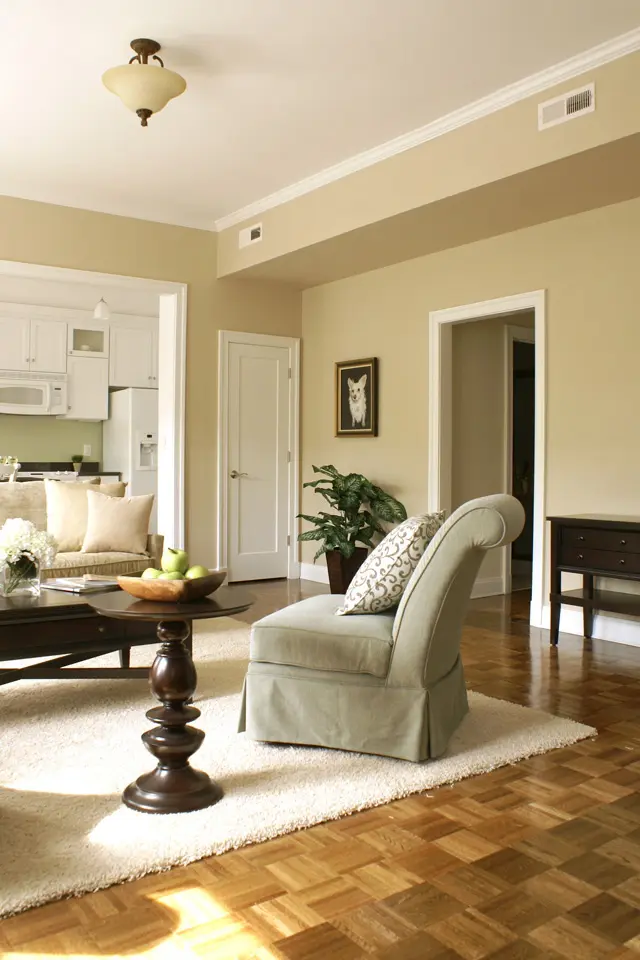
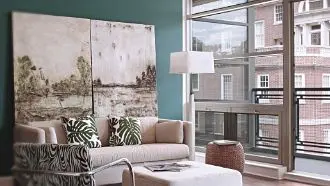 I really have become a fan of Ginter Park.
I really have become a fan of Ginter Park. {
{ 
